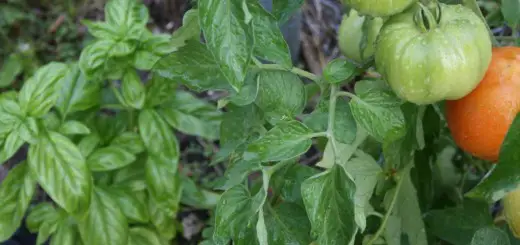Rules to Be Observed in a Greenhouse. How to Ensure Sustainable Growth
Growing vegetables in greenhouses involves important investment and expenses for the structure, energy supply, materials, chemicals and biological substances for treatments. On the other hand, these structures can provide good conditions to stimulate growth. An important condition for the efficiency of greenhouses is carbon dioxide concentration. Here are some rules to be observed in a greenhouse for an optimal development of these cultures.
For a greenhouse to be as productive as possible, it’s necessary to apply all the technological advances and innovations, like growing “without soil”, drip irrigation and fertilising, using central heating, biological pest treatment, generating extra CO2, using artificial light etc.
Rules to be observed in a greenhouse. Irrigation
Drip irrigation is the best way to provide watering in greenhouses, because water distribution is done automatically, according a daily quota and right above the roots.
The installation also ensures the right dosage of fertiliser depending on the plant’s needs.
Rules to be observed in a greenhouse. Crop rotation
Getting the most of your greenhouse also involves crop rotation. It serves preventing the incidence of specific crops’ pests and residual deposits. To this effect, nitrogen consuming plants (salad, spinach, cabbage) are to be planted after those fixing nitrogen in the soil (peas and green beans), in order to reduce nitrates level in vegetables.
Rules to be observed in a greenhouse. CO2 concentration
Maintaining a constant CO2 concentration is essential for the photosynthesis. The best solution to increase CO2 concentration in the greenhouse is building a compost bin in the middle and getting it running right as you plant. This way, at the end of the season you’ll also have some excellent organic fertiliser.
Credits: paradisverde.ro, gazetadeagricultura.info
Photo credit: spatiulconstruit.ro
















